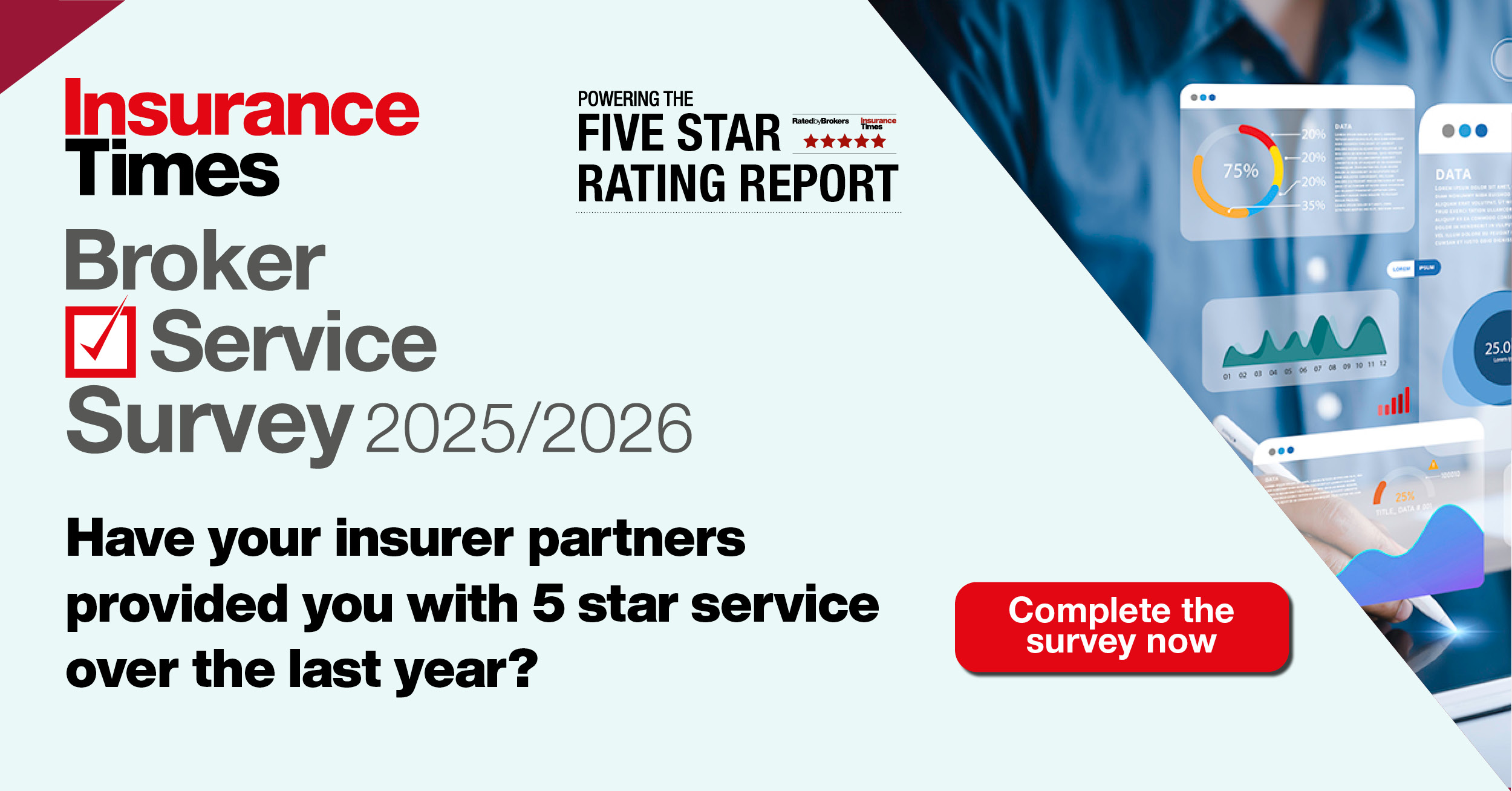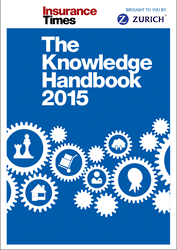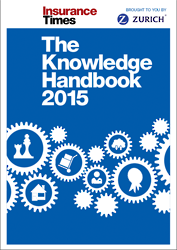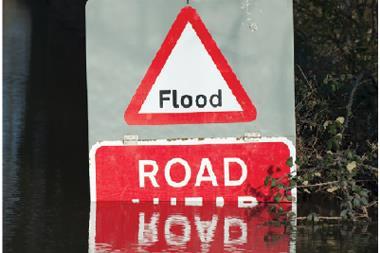Sophie Timms, head of UK government and Industry affairs, and corporate responsibility, Zurich on the importance of being prepared for floods

The number of flood disasters from 2000-2009 doubled over the previous 10 years and the problem is likely to get worse. The insurance industry has responded to this situation and developed its capabilities to underwrite and manage the impact of weather-related risks. From a Zurich perspective, we have closer links with the emergency services and better planning for emergency situations to help minimise the damage caused by a flood.
Flooding is an issue that could affect all insurance customers, from home-owners to public sector managers; therefore the insurance industry has a responsibility to make every effort to help those customers mitigate flood risk. Zurich places the issue of flooding firmly within corporate responsibility (CR) with an approach that goes beyond the traditional concept of CR that is focused on ‘corporate giving’. Our role as a business is one of both economic and societal benefit, and reducing the impact of flooding on communities is an important responsibility.
Investment in flood protection and risk reduction saves £6-£10 for every £1 spent and is estimated to prevent up to £32bn in direct financial losses. Minimising flood damage via preventative measures is at the heart of Zurich’s flood resilience programme, which includes our Post Event Review Capability (PERC) report into large flood events.
The most recent report focused on ‘Storm Xaver’, the storm that hit the UK in December 2013 and flooded about 1,400 properties. The four key learning points from the report focused on flood defence and business contingency planning.
• The value of flood defences: the same area flooded in 1953 and caused widespread devastation, but this time the 2,800km-plus of flood defences protected the English coast, including 800,000 properties.
• Enhanced risk awareness: our PERC research found that more flood risk awareness is needed, with more education on how and when to act when a flood happens and
better-targeted warnings. General alerts from the Met Office and Environment Agency (EA) are useful in most cases, but not when people don’t recognise that a general warning applies to them, resulting in unprotected losses.
• Early warning and contingencies can reduce losses by up to 40%: with just a few hours’ warning, people are able to shift a significant amount of their possessions out of harm’s way. But this needs greater awareness of flood risk, having a contingency plan, listening to warnings and taking action as soon as flooding is imminent.
• Future-proofing: the UK needs to improve property resilience when buildings are reinstated after a flood as part of a risk reduction strategy. Current restrictions, such as the time to make decisions, building permits and investment permission, are hampering better resilience. Short-termism based on costs are a threat to long-term financial benefits of risk reduction; simply put, buildings need better materials to withstand the effects of future flooding.
The UK approach to flooding is distinct and the insurance industry is, certainly, cohesive on the topic through the work of the ABI. In addition, Zurich is currently involved with an industry-Department for Environment, Food & Rural Affairs initiative, the Low Cost Resilience Research Project, to discuss the potential for low cost materials to help with flood damage prevention.
And the industry has been equally vocal about planning laws, especially in its warnings about building on flood plains – which, while possible, needs to be carried out with great caution. The importance of EA guidance on building in flood-risk areas cannot be understated or overlooked.
Brokers are well placed to pass on business continuity planning knowledge and advice to help customers minimise their exposure to flood risk. Some of the best guidance brokers can share with clients includes:
• Sign up for flood warnings with Floodline Warnings Direct, therefore allowing time to prepare for a flood. Zurich has its own severe weather website that provides guidance for people on how to cope with floods and other severe weather events: zurich.co.uk/severeweather/home/
• Improve flood defences through dryproofing (keeping water out) with flood barriers and wetproofing (being resilient once water has entered) with flood-resistant building materials and raised electrical wiring.
• A flood contingency plan that includes the prioritisation of personal safety, but also, where practical, facilitates the removal of important or expensive items to a safe location, perhaps on upper floors.
• Post-flooding clean-up involves three steps: removing water and mud using a pump, shovel and then hosing out; cleaning and disinfecting wearing protective clothing and using heavy duty cleaner; drying and ventilating the property with fans, industrial heaters and dehumidifiers, but controlled to avoid structural damage.
Minimising the ongoing risk and trauma caused by flooding to UK communities is a priority for Zurich; it is a long-term commercial and societal imperative to reduce its impact through comprehensive forward planning and risk management.
For the latest insights, practical expertise and to accumulate CII CPD learning hours, visit www.insider.zurich.co.uk and follow us on Twitter@ZurichInsider.











































No comments yet